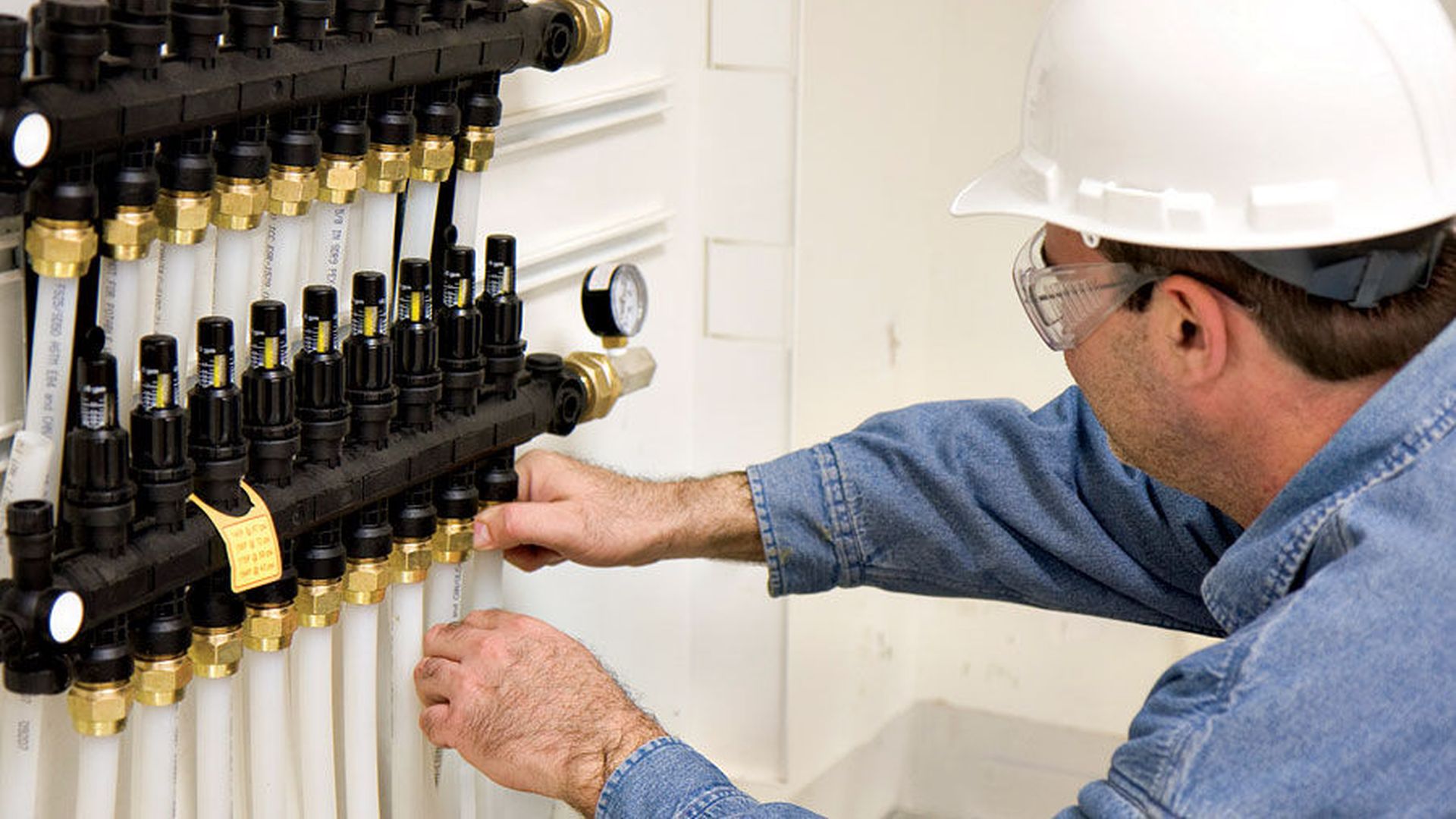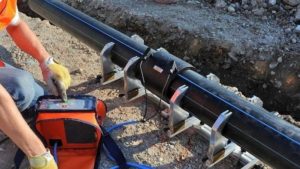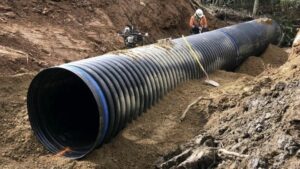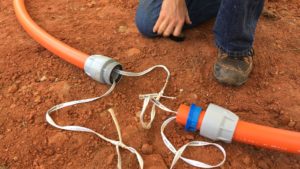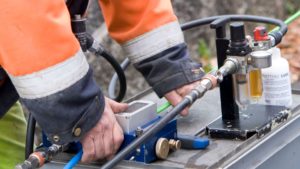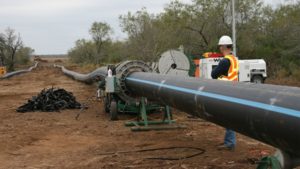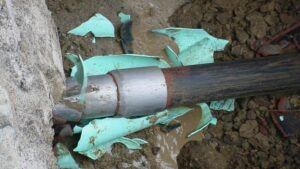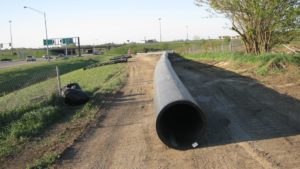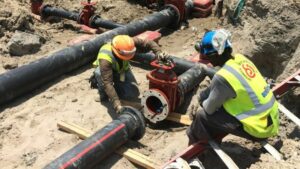The performance and use characteristics of polyethylene pipe make it an ideal choice for use in certain HVAC – Heating, Ventilation, and Air Conditioning – applications. Typically, HVAC is
thought of as flexible vent pipes, steam pipes, etc.
However, since the 1980’s polyethylene pipe’s flexibility, strength, and ease of use has had a major impact on HVAC applications such as geothermal heat pumps and radiant heating systems. This article presents information and general design criteria for the use of polyethylene pipe in applications such as:
Ground Source Heat Pumps – basic use and standards, configuration, joining methods and installation considerations.
Solar Applications – use of PE pipe for solar water heating applications.
Vacuum Systems – use and design limitations.
Ground Source Heat Pump Systems
Due to polyethylene pipe’s versatility, flexibility, durability, leakproof fusion joints, and ease of use, it has become a key component in the success of Ground Source Heat Pumps systems. There are two basic types of heat pumps – air source and ground source. An air source system utilizes temperature variations in the air to gain operating efficiency.
A ground source, or Geothermal Heat Pump (GHP) system uses an electric pump to circulate fluid from the heat pump cycle through a series of polyethylene pipes buried in the ground to take advantage of the relatively constant ground temperatures. These pipes are known as Ground Heat Exchangers.
In simple terms, in the summer the heat pump’s refrigerant cycle transfers heat from the building into the circulating fluid. The fluid is then circulated through the ground heat exchanger where the ground acts as a heat sink, cooling the fluid before it returns to the building.
In the winter, the system works in reverse. The heat pump uses the earth to warm the circulating fluid, which is then transferred back to the inside heat exchanger. In addition to heating and cooling the air, a desuperheater can be added to this cycle that can provide most, if not all, hot water for use in the building as well.
The properties that control this process are based on the ability of the PE pipe to transfer heat either out of, or into, the system. The heat transfer by conduction mechanism that governs this system is the same as any heat exchanger. It is assumed that the ground is at a steady state condition. Read Full PDF

